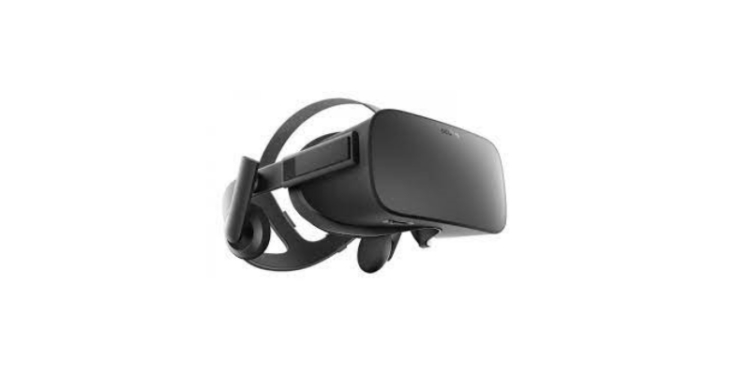Introduction
Virtual Reality (VR) has been rapidly evolving over the past decade, offering immersive experiences that blur the lines between the digital and physical worlds. As technology continues to advance, many wonder whether VR will eventually replace real-life experiences. In this article, we’ll delve into the current state of VR, its potential for the future, and whether it can truly replace real-life interactions within the next three years.
The Current State of Virtual Reality
In recent years, VR has made significant strides in terms of technology, affordability, and accessibility. High-end VR headsets, such as the Oculus Rift and HTC Vive, offer impressive graphics and seamless interactions. Meanwhile, standalone VR devices like the Oculus Quest and VR-compatible smartphones have brought VR experiences to the masses.
VR in Entertainment and Gaming
One of the primary areas where VR has made a considerable impact is entertainment and gaming. VR gaming has taken players into realistic virtual worlds, enabling them to fully immerse themselves in digital environments. The gaming industry’s rapid adoption of VR has resulted in a diverse array of VR titles that cater to various interests.
However, while VR gaming continues to grow, it has yet to completely replace traditional gaming methods. In the next three years, we can expect VR gaming to continue gaining popularity, but it may not entirely replace traditional gaming due to factors such as cost, comfort, and the need for physical interactions with certain gaming peripherals.
VR in Remote Work and Collaboration
The COVID-19 pandemic accelerated the adoption of remote work, and VR has shown promise for improving collaboration in virtual environments. VR meetings and collaboration spaces can enhance communication and teamwork, especially for remote teams spread across the globe. These VR workspaces offer virtual boardrooms, shared whiteboards, and realistic avatars, bringing a sense of physical presence to virtual meetings.
While VR collaboration tools have potential, they still face challenges such as limited adoption rates, the need for more intuitive interfaces, and overcoming potential privacy concerns. Within the next three years, we can expect VR collaboration to evolve and integrate with existing remote work tools, but it may not entirely replace traditional video conferencing platforms.
VR in Education and Training
VR’s immersive nature has also found applications in education and training. Virtual classrooms and training simulations can offer a more engaging and interactive learning experience. Medical students, for example, can practice surgeries in virtual environments, reducing the need for physical cadavers.
While VR holds great promise in education and training, it may not fully replace traditional methods within the next three years. Widespread adoption requires addressing issues such as content development costs, technological requirements, and potential challenges in accommodating diverse learning styles.
VR in Social Interactions
Social VR platforms have emerged, allowing people to interact with friends and strangers in virtual worlds. These platforms offer a sense of presence and connection but have not yet reached a level where they can fully replace face-to-face interactions.
In the next three years, social VR platforms may see improvements in avatars, haptic feedback, and social mechanics. However, replacing real-life social interactions remains unlikely, as human connections are deeply rooted in physical presence and non-verbal cues.
Conclusion
While virtual reality has made significant progress and continues to reshape various industries, the complete replacement of real-life experiences within the next three years seems improbable. VR still faces challenges, including cost, comfort, content development, and societal acceptance.
However, VR will undoubtedly continue to evolve and enhance various aspects of our lives, providing immersive experiences and new opportunities. As technology advances and user experiences improve, VR may eventually become more intertwined with our daily routines, but it’s unlikely to replace real-life interactions in the near future entirely.














